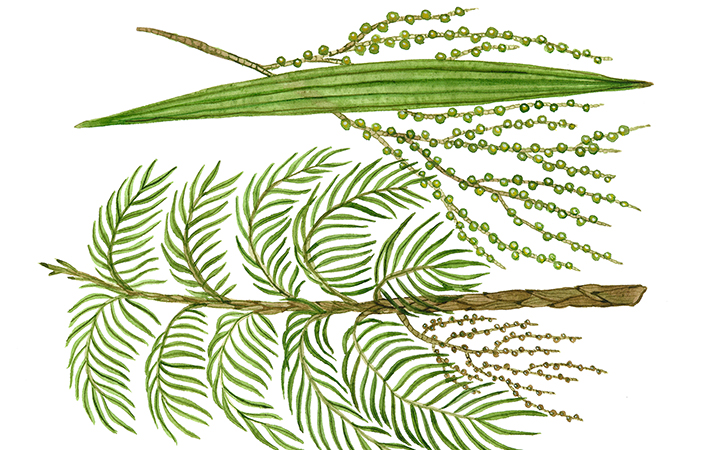Geonoma is a genus of small to medium-sized palms native to the forest understorey of tropical Central and South America.
This palm genus is one of the largest in the Neotropics.[1] Its 64 species are distributed from Mexico andHaiti in the north to Paraguay in the south; two are found in the insular Caribbean.[2]
The genus is a member of the palm tribe Geonomeae (Arecaceae: Arecoideae), an important Neotropicalgroup due to its wide distribution across Central and South America, its diversity and abundance, and the use of a number of species by local human populations.[3] The distribution of the tribe Geonomeae stretches from southeast Mexico down through Central America and into South America, notably Braziland Bolivia, and species are also found in the Greater and Lesser Antilles.[4] This tribe consists of a group of understory and sub-canopy palms that populate both tropical lowland and montane forests. While members of this group are relatively easy to collect, as they are not canopy palms or spiny palms, and are well represented in herbaria, the taxonomy and phylogeny of the species within the tribe are still uncertain.[5][6] The resolution of the tribe has been disputed despite the fact that Geonomeae species are characterized by three morphological synapomorphies: the petals of pistillate flowers are basally connate, the presence of slender and elongate styles, and the flowers are borne in pits in the rachillae.[7]
(From Wikipedia, March 2015)




